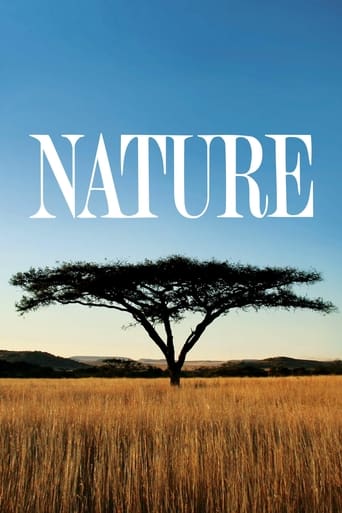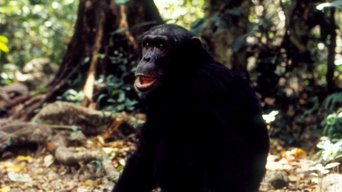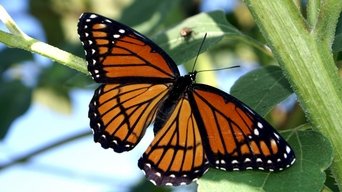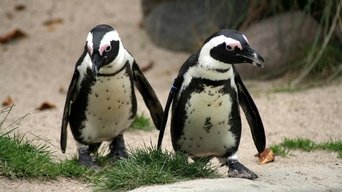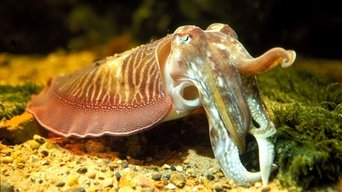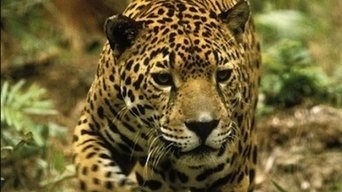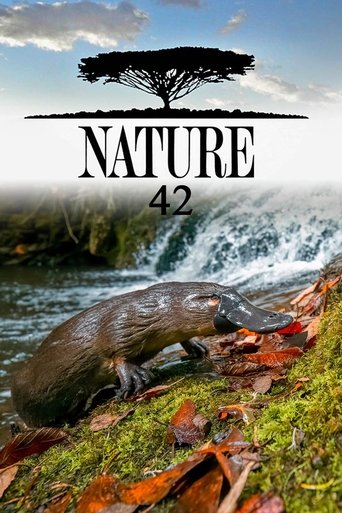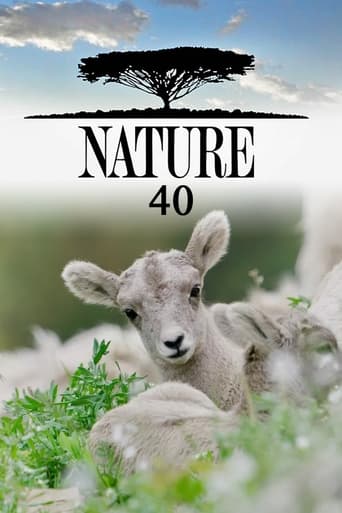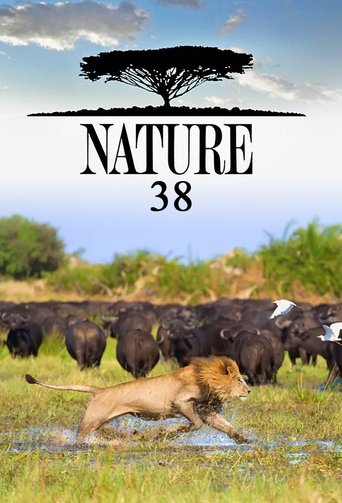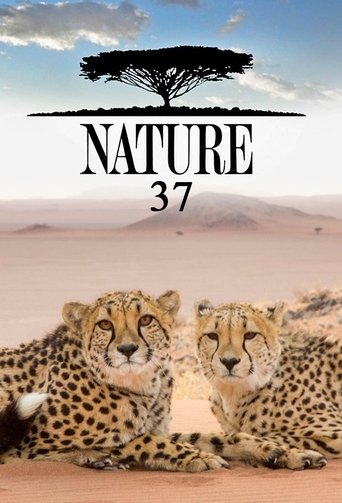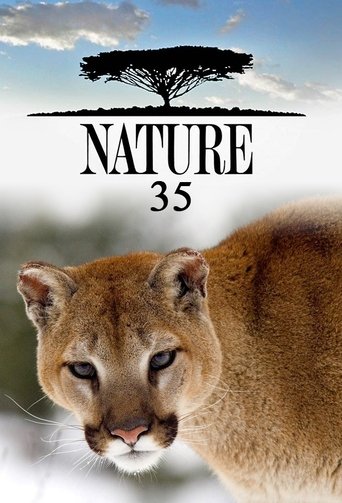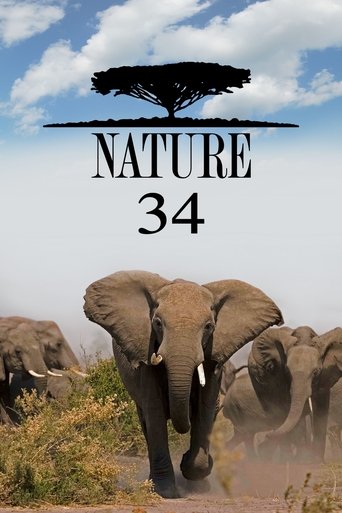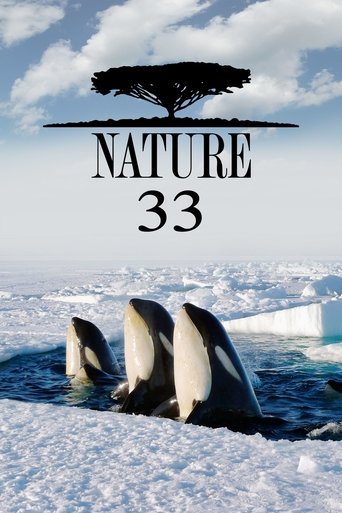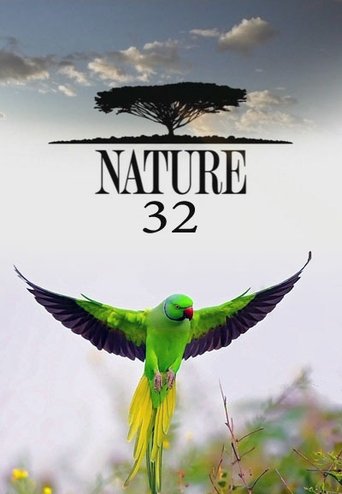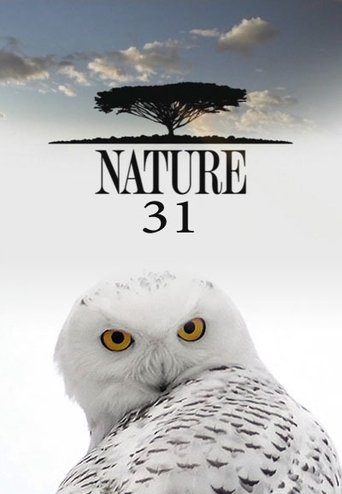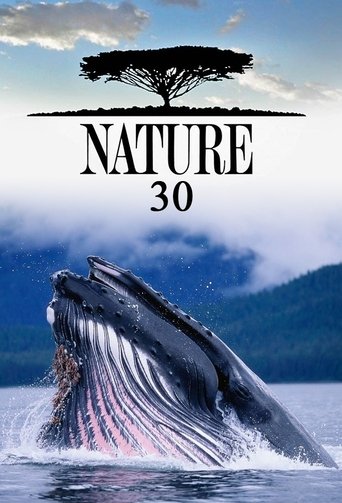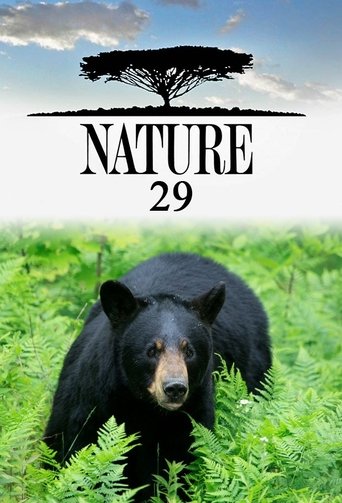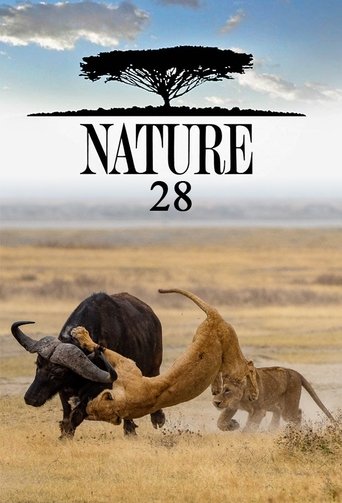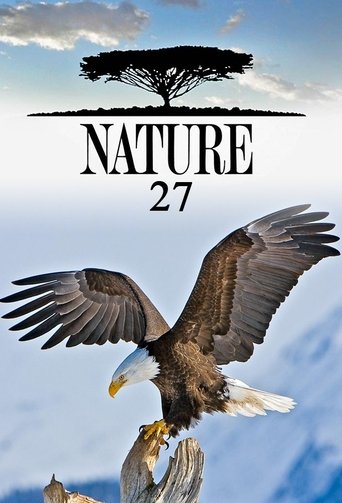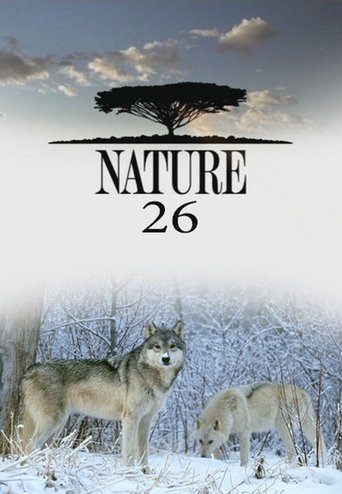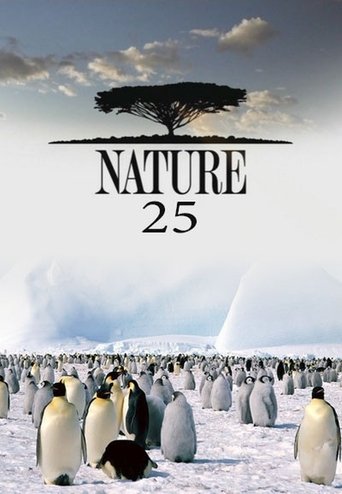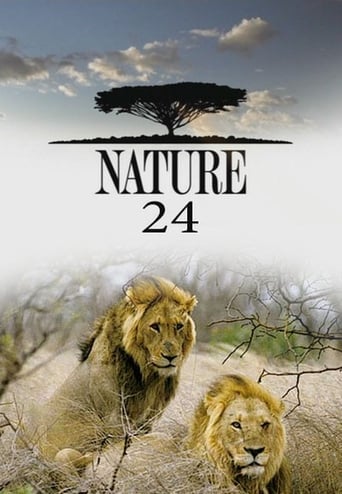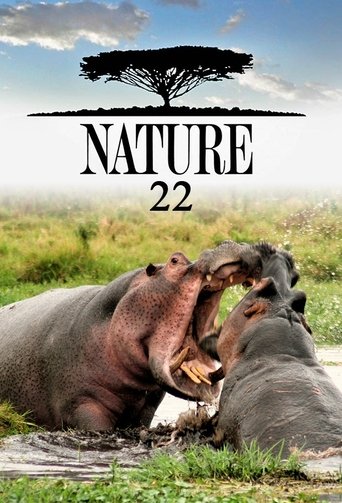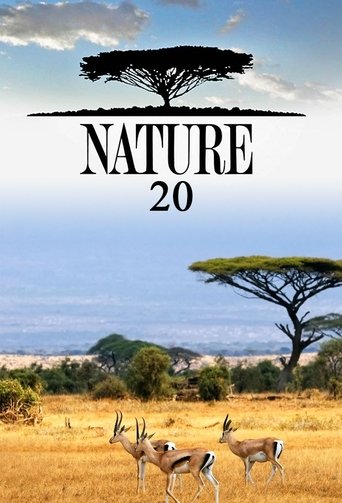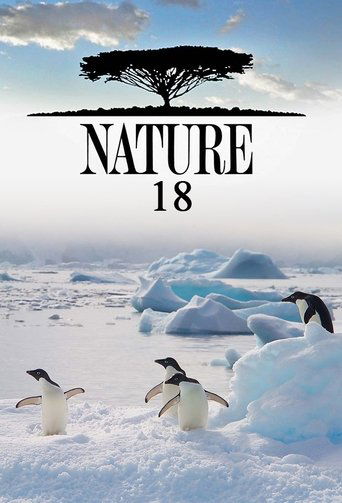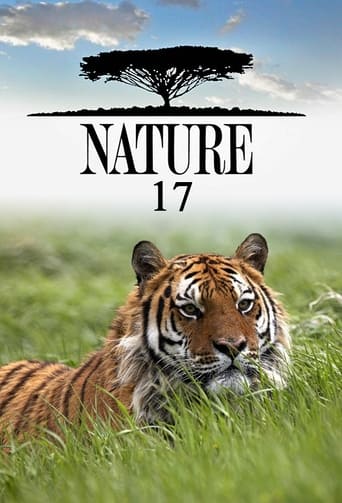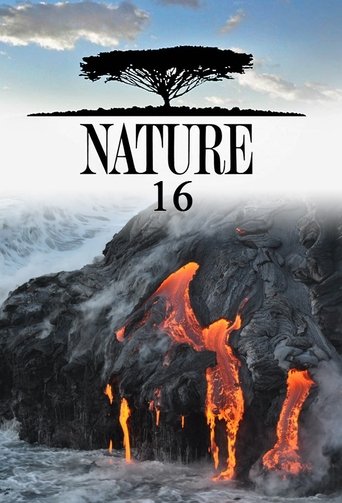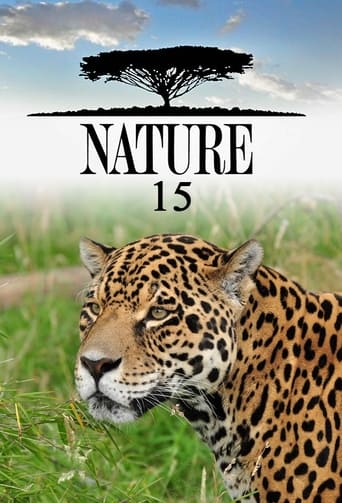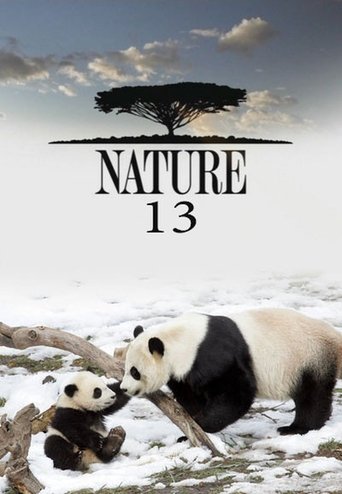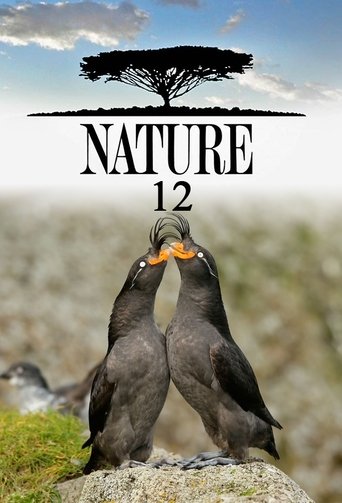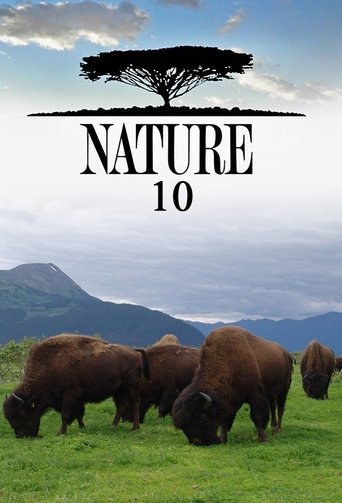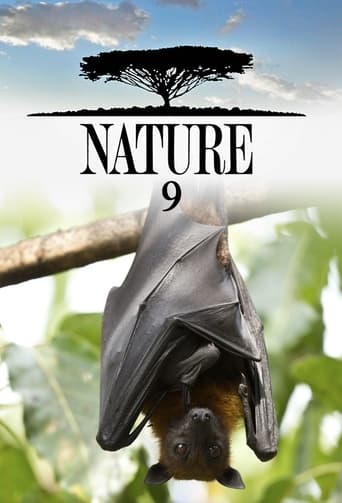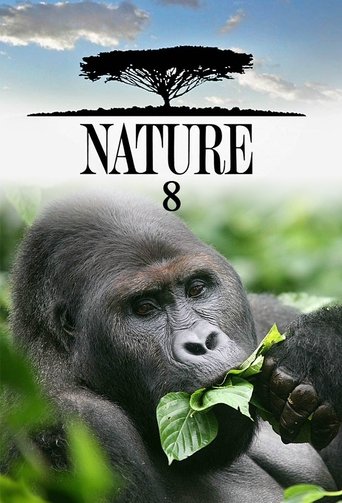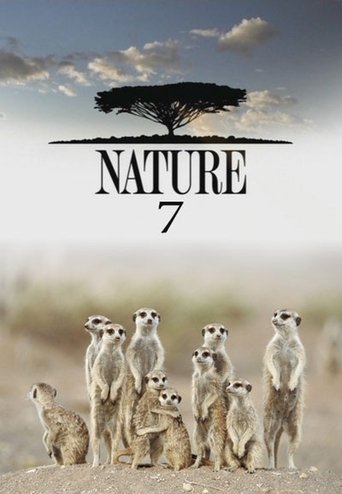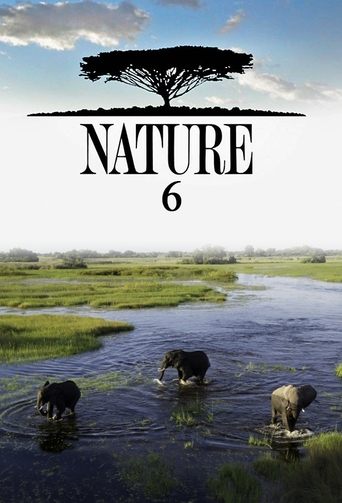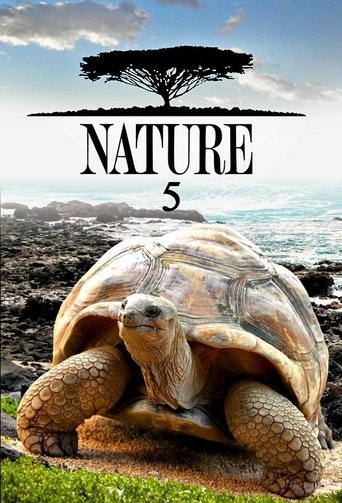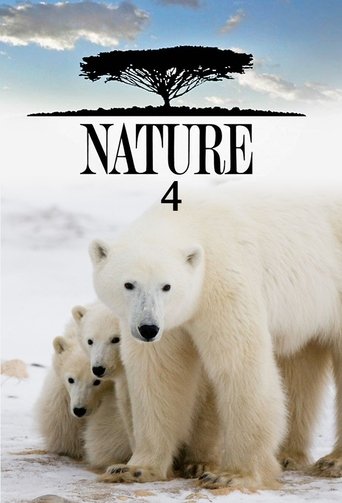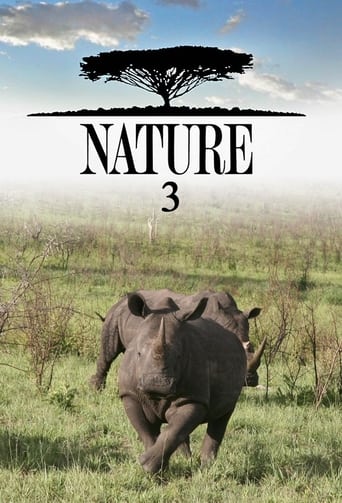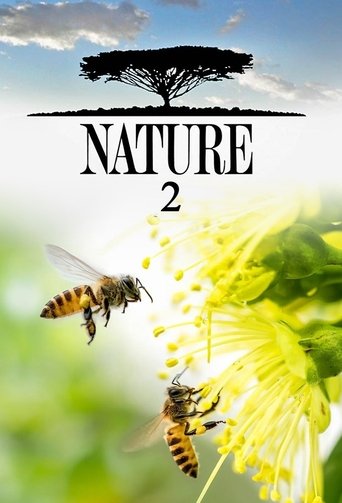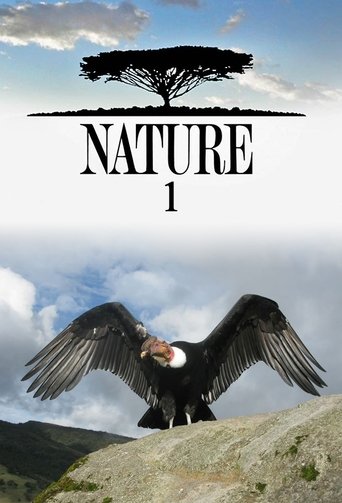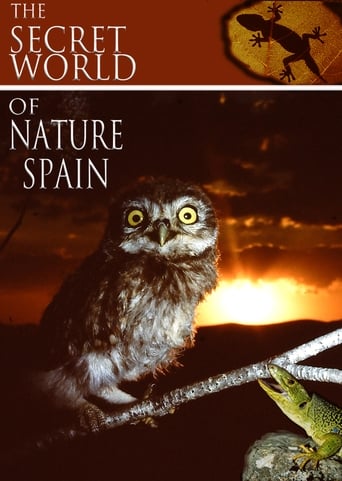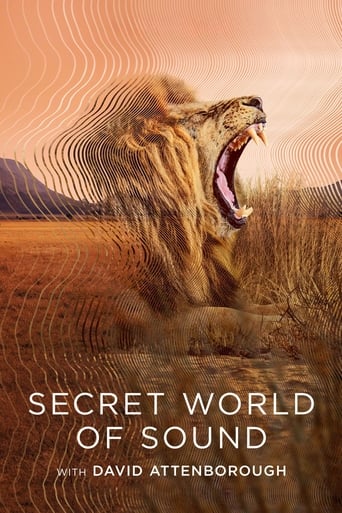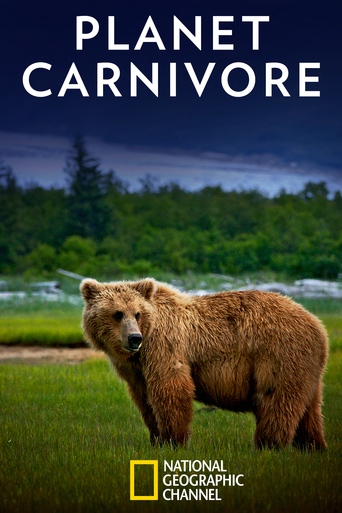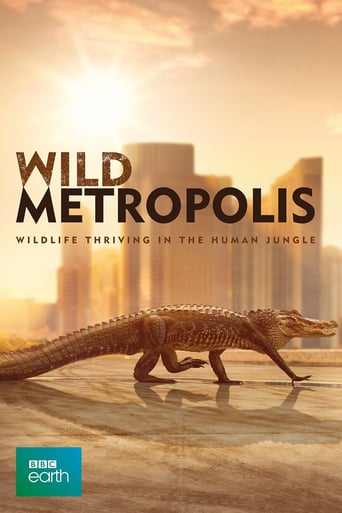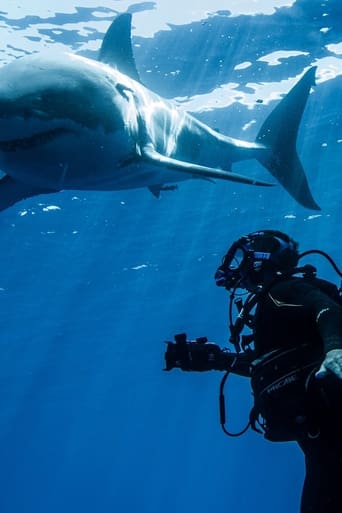Nature Season 14
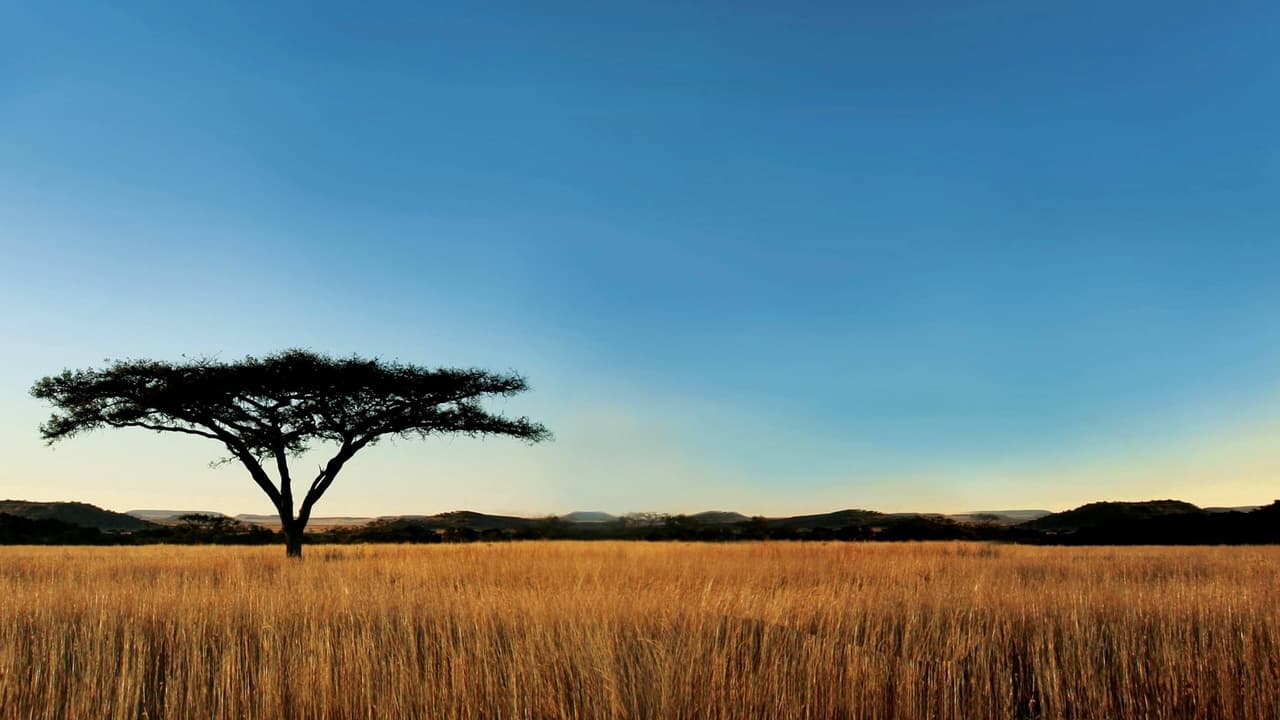
Consistently stunning documentaries transport viewers to far-flung locations ranging from the torrid African plains to the chilly splendours of icy Antarctica. The show's primary focus is on animals and ecosystems around the world. A comic book based on the show, meant to be used an as educational tool for kids, was briefly distributed to museums and schools at no cost in the mid-2000s.
Watch NowWith 30 Day Free Trial!
Nature
1982 / TV-G

Consistently stunning documentaries transport viewers to far-flung locations ranging from the torrid African plains to the chilly splendours of icy Antarctica. The show's primary focus is on animals and ecosystems around the world. A comic book based on the show, meant to be used an as educational tool for kids, was briefly distributed to museums and schools at no cost in the mid-2000s.
Watch Trailer
With 30 Day Free Trial!
Nature Season 14 Full Episode Guide
Tracing the monsoon season when India receives most of its rain. Included: how the rains avert droughts on most of the subcontinent, but also cause massive flooding. Observed: gharial crocodiles; weaverbirds; Indian elephants; one-horned rhinos; langurs.
Exploring the wildlife and terrain in the wilderness of Australia's Kakadu National Park, where years are divided between droughts and monsoons. Included: Gouldian finches, sulphur-crested cockatoos, magpie geese, dingoes and wallabies
A look at snakes, sea creatures and plants that employ venom, either as a defense mechanism or as a way to disable prey. Included: king and Siamese cobras; scorpions; rattlesnakes; and the Australian blue-ringed octopus.
Jane Goodall introduces a program that charts a "sweeping family saga" as it plays out among chimps in Tanzania's Gombe National Park. Observed: how the younger offspring try to capture their mother's attention.
"Alien Empire" concludes with a look at how insects have spread and how humans have tried to combat that expansion. Included: crickets that have adapted to climatic extremes; the threat posed by gypsy-moth caterpillars.
Part 2 of "Alien Empire" delves into the violence and communal living that are at the core of insect life. Included: cockroach and butterfly eating techniques; highly effective termite killers called "assassin bugs."
"Alien Empire," a three-part exploration of the world of insects, begins with survival methods used by many species. Included: how exoskeletons provide protection and can be used offensively; unusual reproductive habits of mayflies and wasps.
A look at parrots, birds with a playful nature and remarkable mimicry skills that have endeared them to pet owners worldwide. Included: the largest parrot species, the hyacinth macaw; scarlet macaws, white cockatoos and monk parakeets.
Following the "Hunters of the Sea Wind," predators that stalk a Pacific current for the thousands of fish it carries. Included: dolphins; yellowfin tuna; blue marlins; lantern fish; and sailfish. Also: tuna fishermen releasing dolphins from their nets.
Exploring the Indonesian island of Sulawesi, formed when Asia and Australia separated, which combines elements of both continents. Included: crested black macaques; a reticulated python; the babirusa ("pig-deer"); red-knobbed hornbills; fruit bats.
Travel to "The World of Penguins” to discover the great variety of these aquatic birds.
Considering the similarities between simian and human intelligence. Included: a chimpanzee demonstrating a sense of self, as he recognizes his own reflection; how certain chimps can use tools; a chimp species that has recreational sex.
NATURE takes you into the depths of the ocean to discover the most remarkable life still undiscovered on our planet that will certainly be found in the sea.
"Jaguar: Year of the Cat" follows the predator in its native rain forests of Belize. Included: a pair stalk turtles, peccaries and armadillos; scenes of the habits of their animal neighbors, including toucans and ocelots.
Free Trial Channels
Seasons


